|
Magenta, emerald, aquamarine, and violet powders were sprinkled onto our foreheads, cheeks, chins, and noses! Blessings of light and love, warmth and goodness, flowed upon willing recipients here at Fun Yoga on the Bay. Anita brought this tradition from her homeland, and she looks forward to sharing this fete with fellow yogis here in San Diego each year during March. Together we welcome the changing of seasons, springtime and all the colors of life. Symbolic of flowers, the colorful powders used during Holi Festival all around India, and neighboring countries, explode onto faces and clothes of joyful celebrants. Everyone frolics in the open streets, open parks, outside temples and buildings. It is believed that the combination of different colors take all sorrows away and makes life more colorful. For this week's yoga theme, we went on an imaginary colorful journey to India. We began in a seated Bound Angle reminiscent of a seated meditating figure in the Pachupati seal (one of the first pieces of art found in Ancient India along the Indus Valley). With our feet pressed together, knees wide, and spine tall, we practiced clearing our minds and coming into the present moment with deep breaths. Then we moved through fun poses like Cow, the holiest animal in India, Hanuman Splits and Twists (in honor of the monkey god of loyal servants), Shiva Dance (a balancing flow between Big-Toe Pose and Eagle), and Elephant Squat for Ganesha (the god of wealth and education). My idea of a cleansing Sacred-Ganges-River-Pose involved flowing through High-Lunge and High-Lunge-Twist. This powerful movement not only brought strength to our legs and core, but also released tension in the shoulders while rejuvenating the spinal sponges and inner organs. Holi has many names, such as: Festival of Spring, Festival of Colors, or even Festival of Love. In the modern western world, it could be compared to exchanging Valentines and Easteregg dye and partying like Saint Patricks Day. Differing regions have variations and myths relating to how this festival came about. For example, some say it is from a flirtatious game that the gods played with each other. Others say there are tales of magical robes, bonfires, and karmic cycles. The end of winter, along with longer and sunnier days represents our relationship with Light, Good triumphing over Evil. Further, Ayurvedic medicine reveals that many of the colored powders are made from healing herbs like neem, kumkum, haldi, and bilva. They are meant to bring immunity and protection to those they cover. Anita stays these herbs can protects against disease like the chickenpox. I first encountered this holiday in Nepal in March of 2017. Just before we donned our rucksacks to begin the trek to Everest Base Camp, our guides announced that today was a very special day in Nepal, Holi Festival. They opened up hands revealing red powder (cornstarch, and food die) and sprinkled uneven dabs on our foreheads and cheeks. Initially, red was the only color everyone used because of the flirtatious love story between Krishna and Radha. As we walked through the center of the mountain town, Lukla, children came out with waterguns to squirt us. Through the bursts of water, they supposedly sent their sincerest wishes and blessings. I’m sure it was also very fun for them to aim, fire, and watch our reactions as we squinted and shook with surprise. Anyone and everyone is fair game, friend or stranger, rich or poor, man or woman, children, and elders. Celebrating Holi Festival today means that millions of people rejoice in the light with songs, dances, sweets, and the company of friends and family. The temporary nature of the colors point to the illusory nature of the material world. Just as flowers bloom and disappear, so do these colors soon wash off. We must pause and live in the NOW, appreciating all of our blessings before they are gone.
2 Comments
Your comment will be posted after it is approved.
Leave a Reply. |
Hannah Faulkner
|
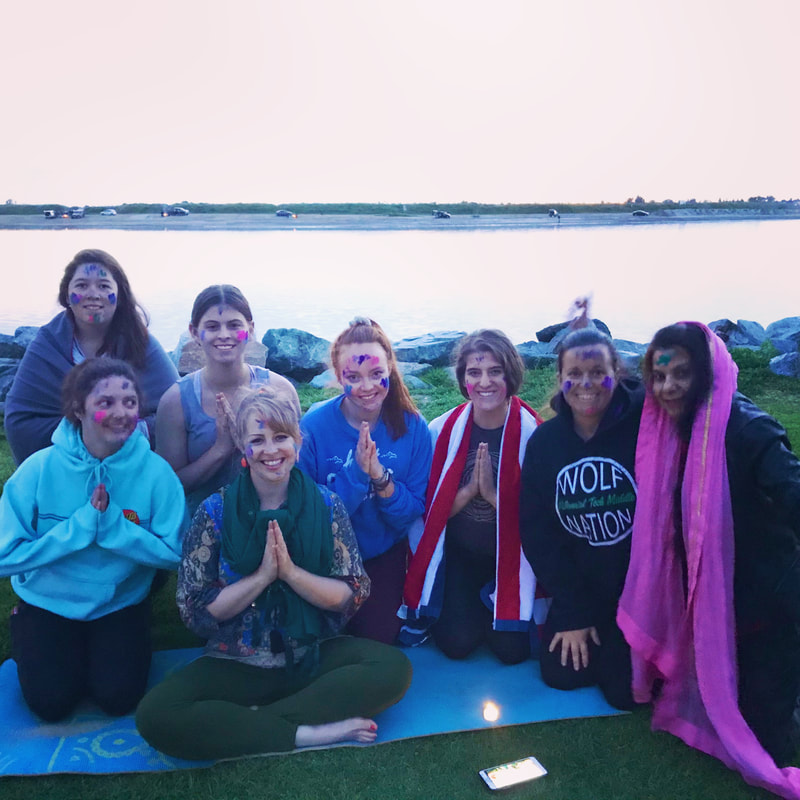
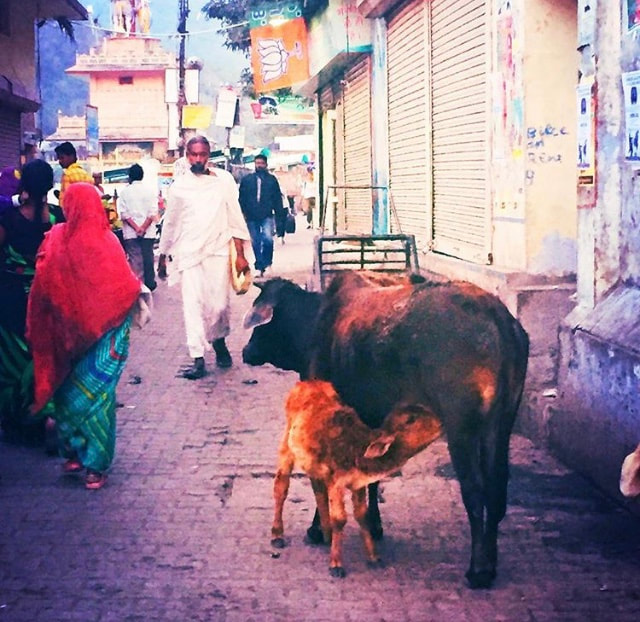
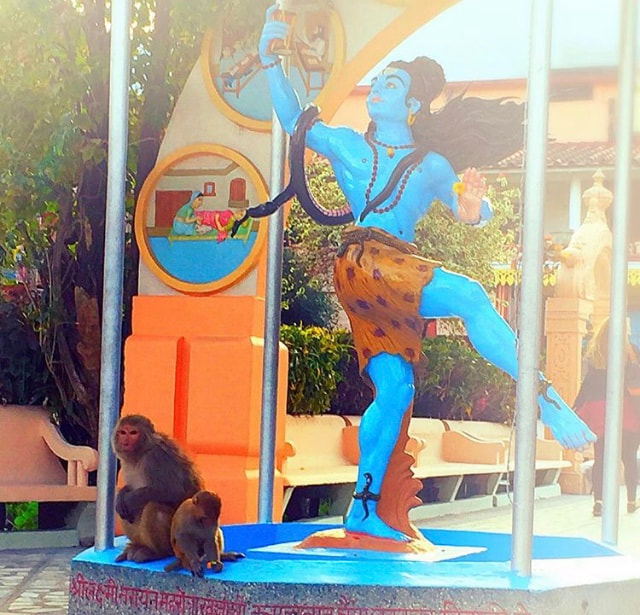
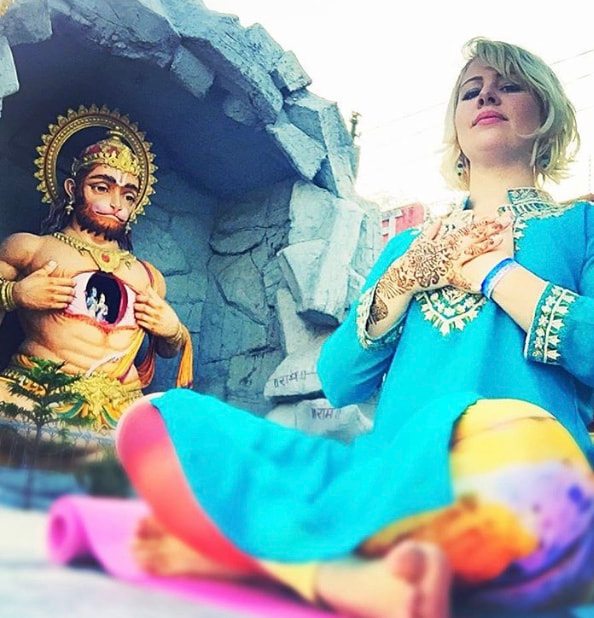
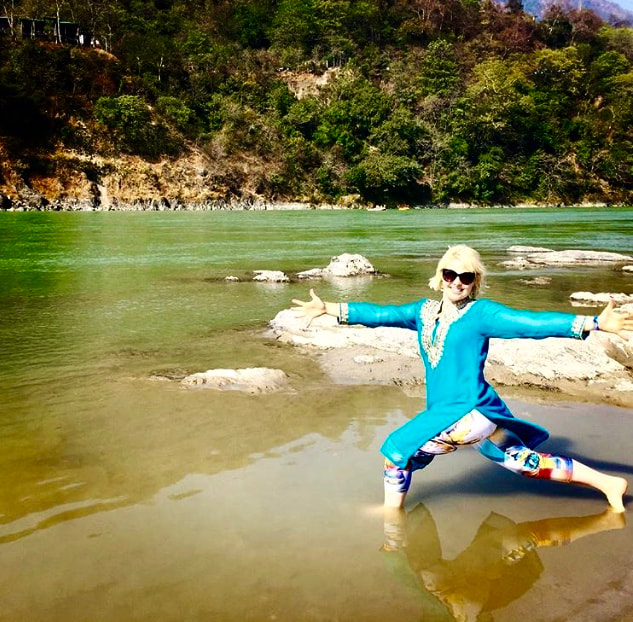
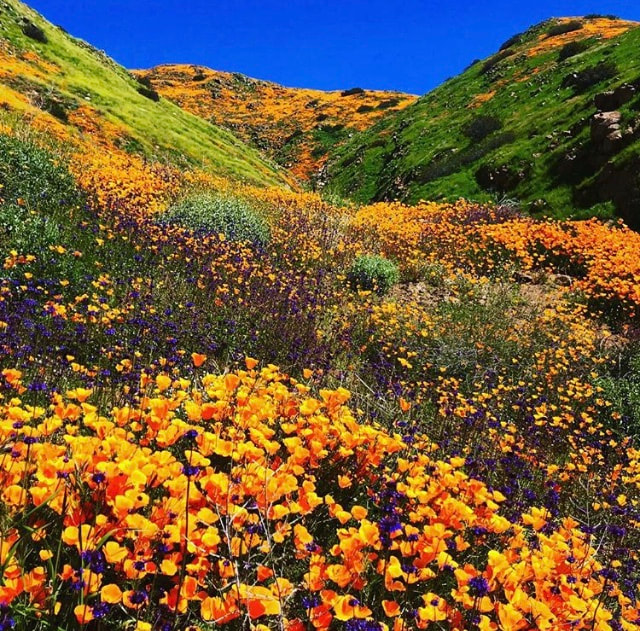
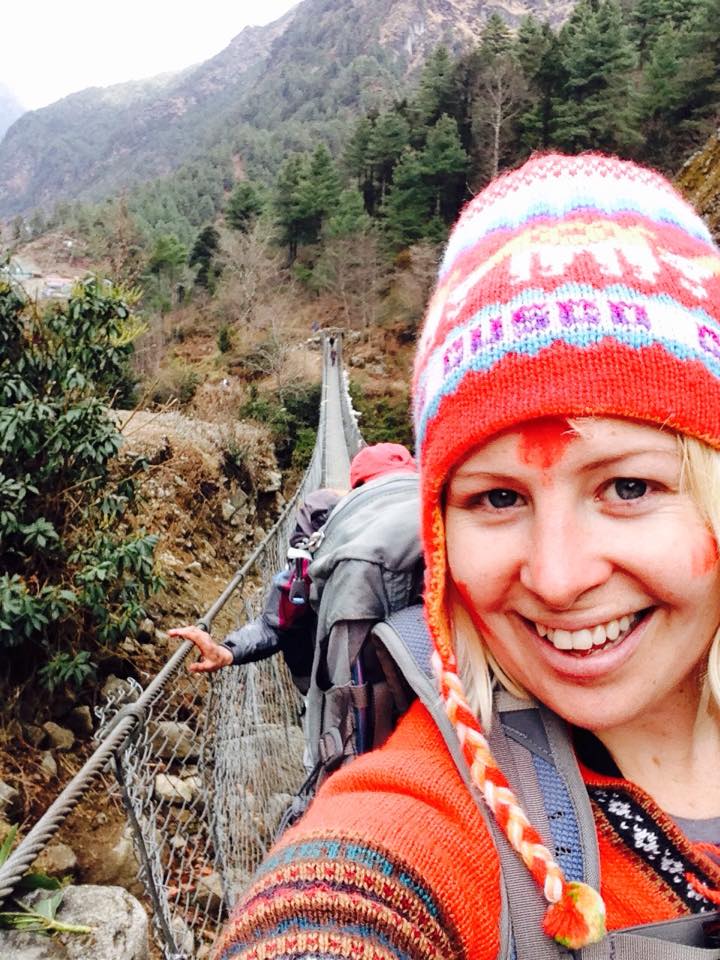
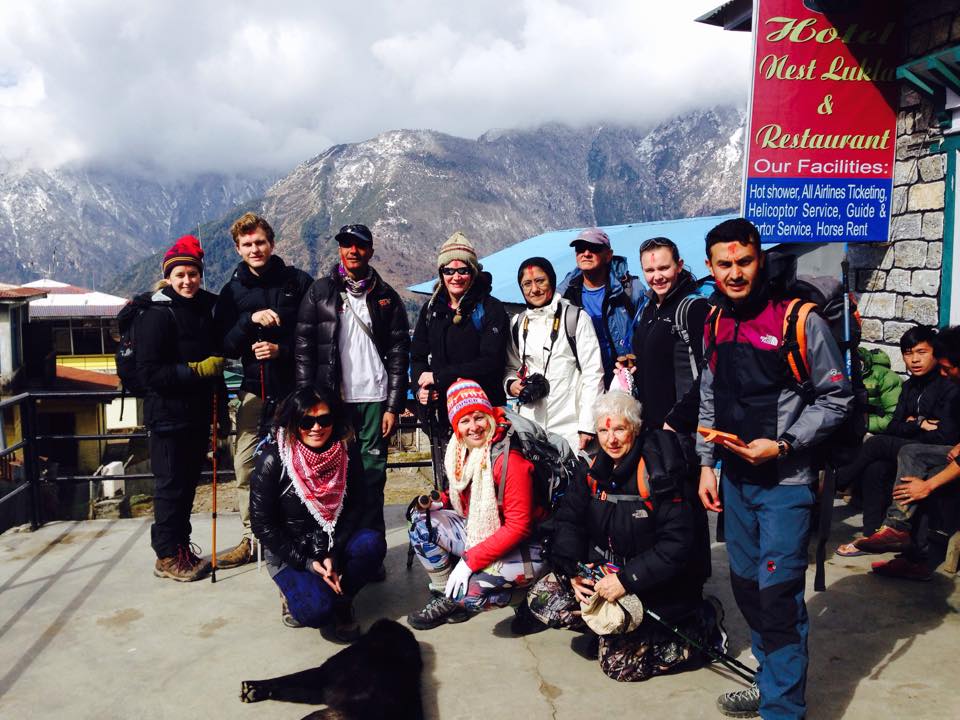
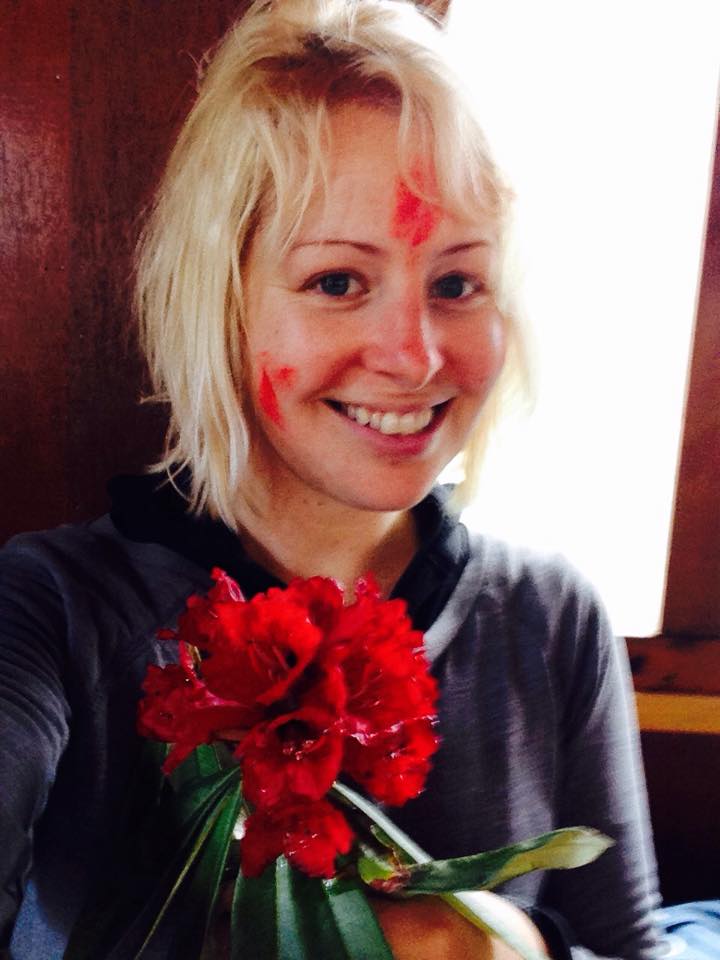
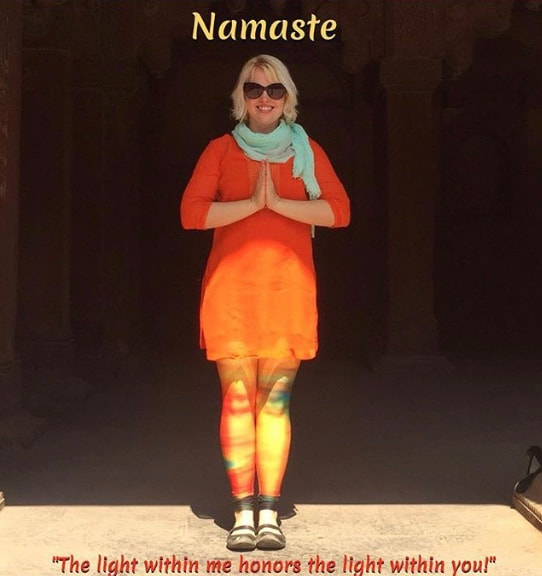


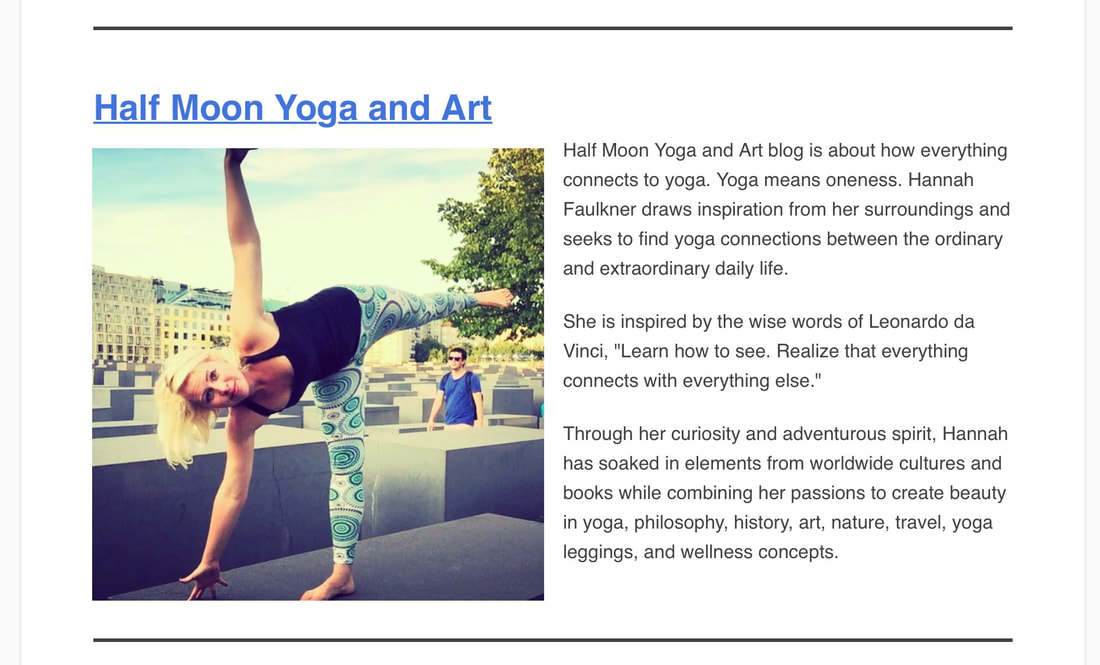





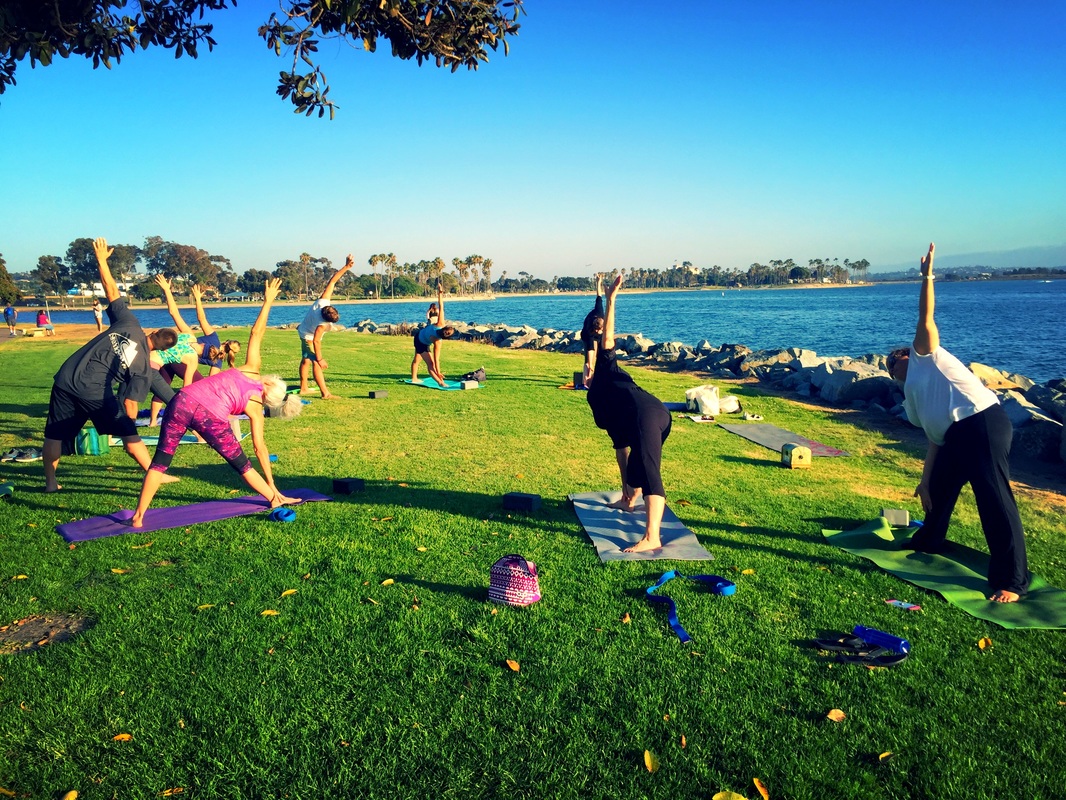
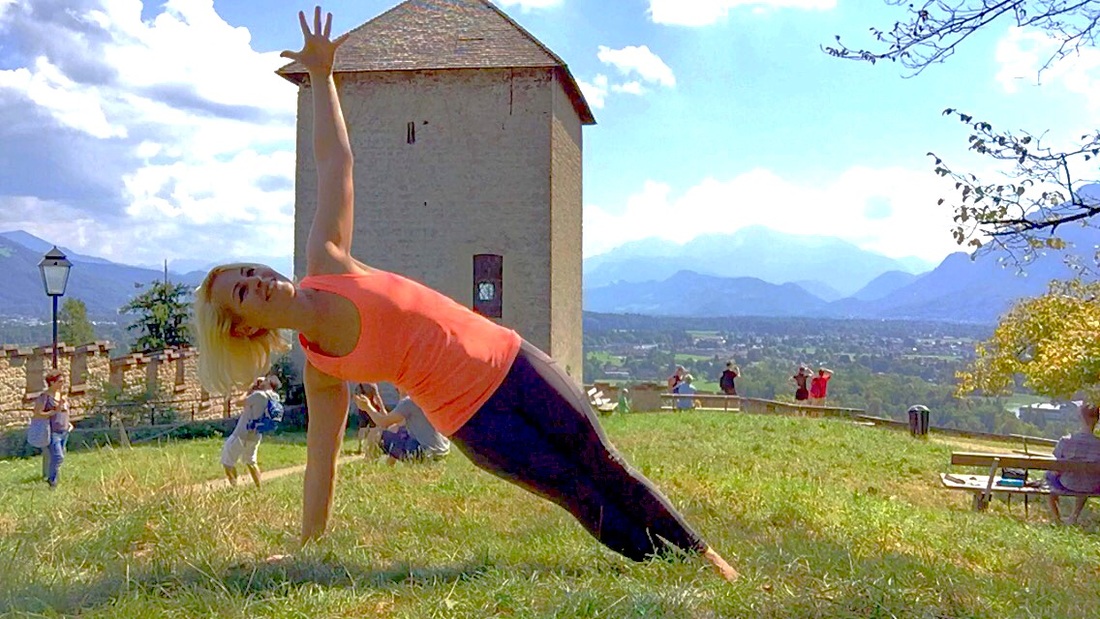
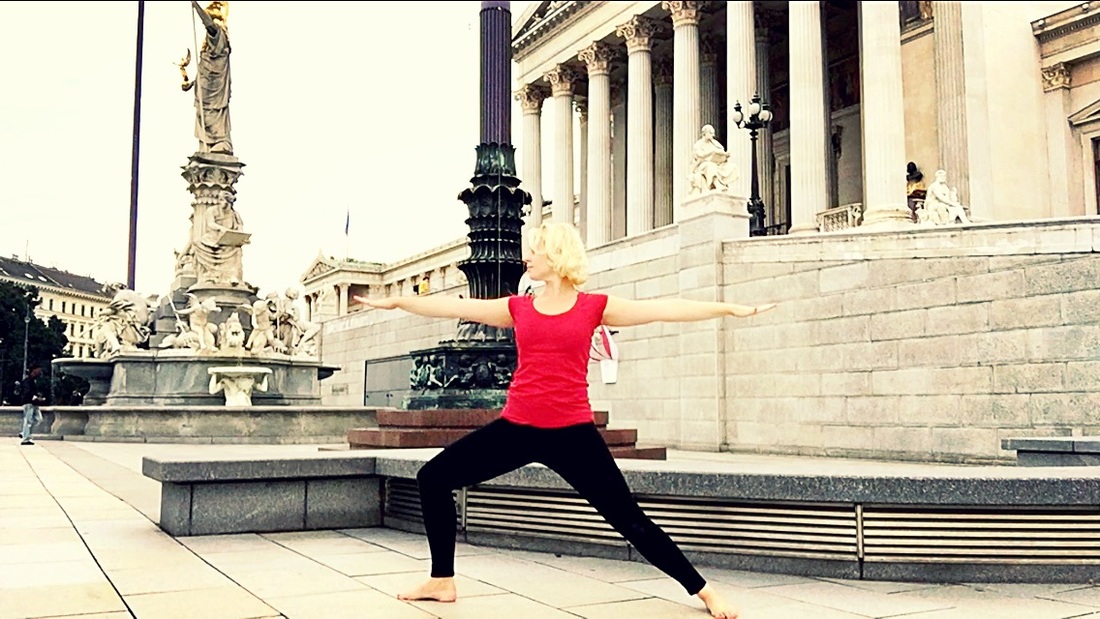

 RSS Feed
RSS Feed